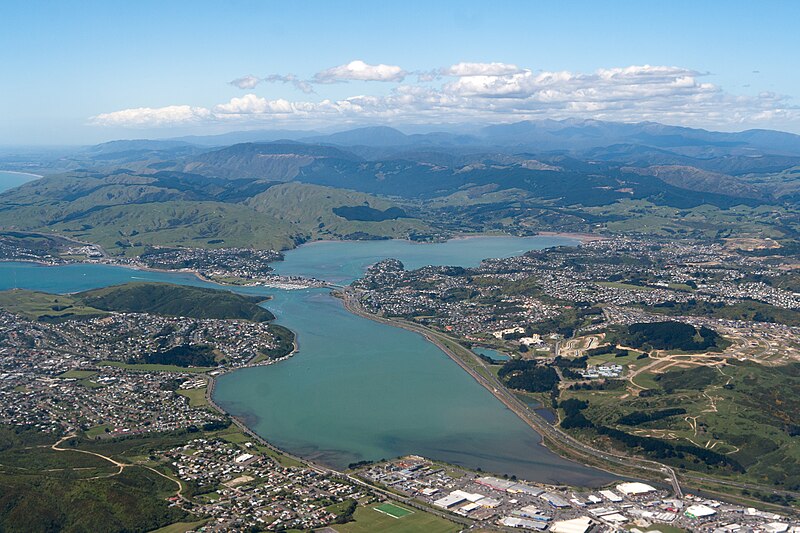Media release
From:
In 2017, the Imagining Decolonised Cities (IDC) competition sought submissions for the public’s visions of a decolonised Porirua. This article presents an analysis of the 40 entries, exploring how participants understand decolonisation enacted in an urban setting. We identified two overarching themes from the submissions that can be linked to wider theories of decolonisation. The first theme identified was food security, demonstrated through participant designs of community gardens, seafood harvesting stations, and larger food transportation systems. The second theme identified was “re-storytelling”, a centring of Māori identities and stories.



 New Zealand
New Zealand



